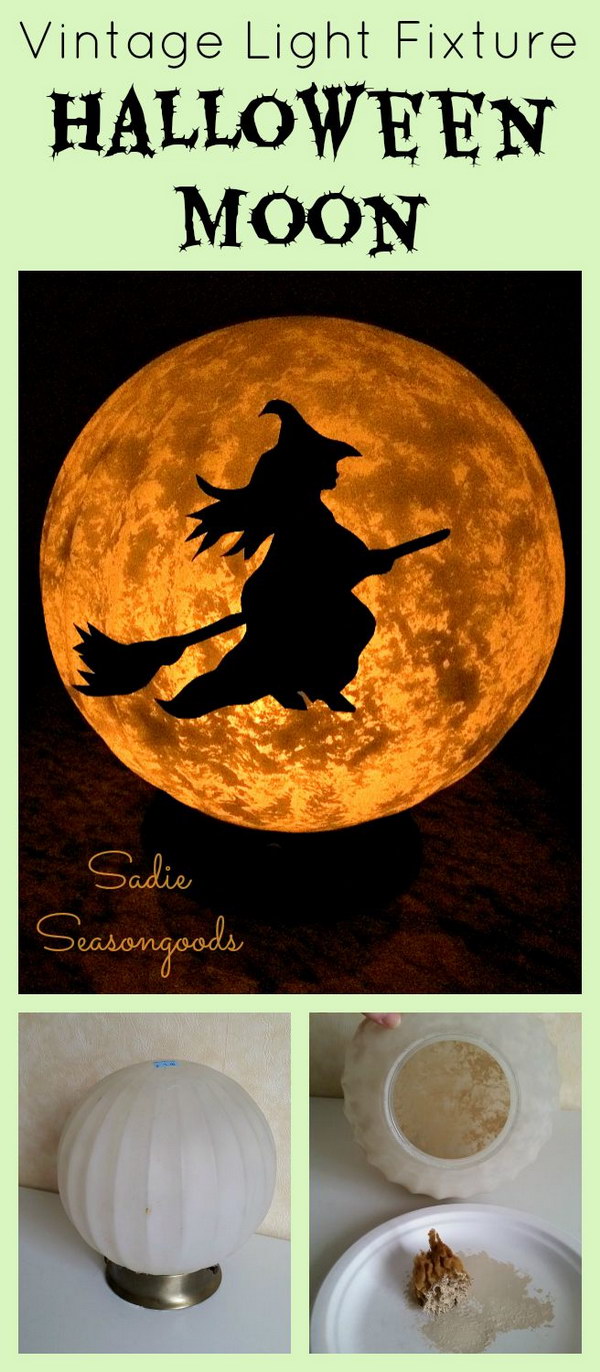

Witche's-broom on rose ( Rosa) caused by rose rosette. Witches'-broom on ninebark ( Physocarpus) caused by powdery mildewĬlose-up of witches'-broom on azalea ( Rhododendron) Witches'-broom on hackberry ( Celtis) caused by a combination of eriophyid mites (Acari) and the powdery mildew fungus This strategy is a strictly organic approach. Shoots may regrow requiring on going removal every few years. If practicable, prune out branches that are infected or cut back shoots to the point of origination on larger braches and trunks. Prune out infected branches if you find their appearance objectionable. Juniper, firs, hemlocks, and pines can also develop witches’-brooms in reaction to infestation from dwarf mistletoe.ġ. Phytoplasmas cause witches’-brooms and bunch disorders on pecan, hickory, lilac, walnut, willow, dogwood, ash, honeylocust, peach, elm. Some common trees that develop witches'-brooms include oak (caused by powdery mildew), incense cedar (caused by a rust), hackberry (cause by powdery mildew and an eriophyid mite), and rose rosette (caused by a virus). Those caused by genetic mutation may be stable allowing for them to be propagated vegetativly as dwarf cultivars. Witches’-brooms are caused by a number of factors, including infection by fungi or phytoplasmas (a wall-less single celled organism with an unorganized nucleus), infestation of mites or dwarf mistletoe, genetic mutations, or adverse environmental conditions that kill the terminal bud of shoots. They are caused by a number of factors that result in a great proliferation of. Propagation of these witches’-brooms in confers has been the source of many dwarf cultivars. Witches-brooms occur on a number of conifers and deciduous tree species. In other cases they appear as a ball-shaped dwarf plant growing in a tree. They are caused by a number of factors that result in a great proliferation of shoots with short internodes that can look like a bundle of twigs or witch’s broom.

Witches’-brooms occur on a number of conifers and deciduous tree species.


 0 kommentar(er)
0 kommentar(er)
